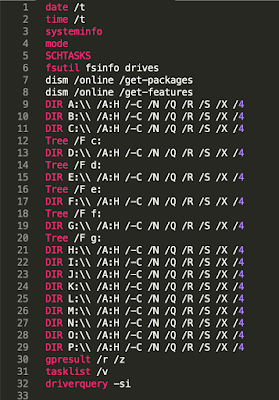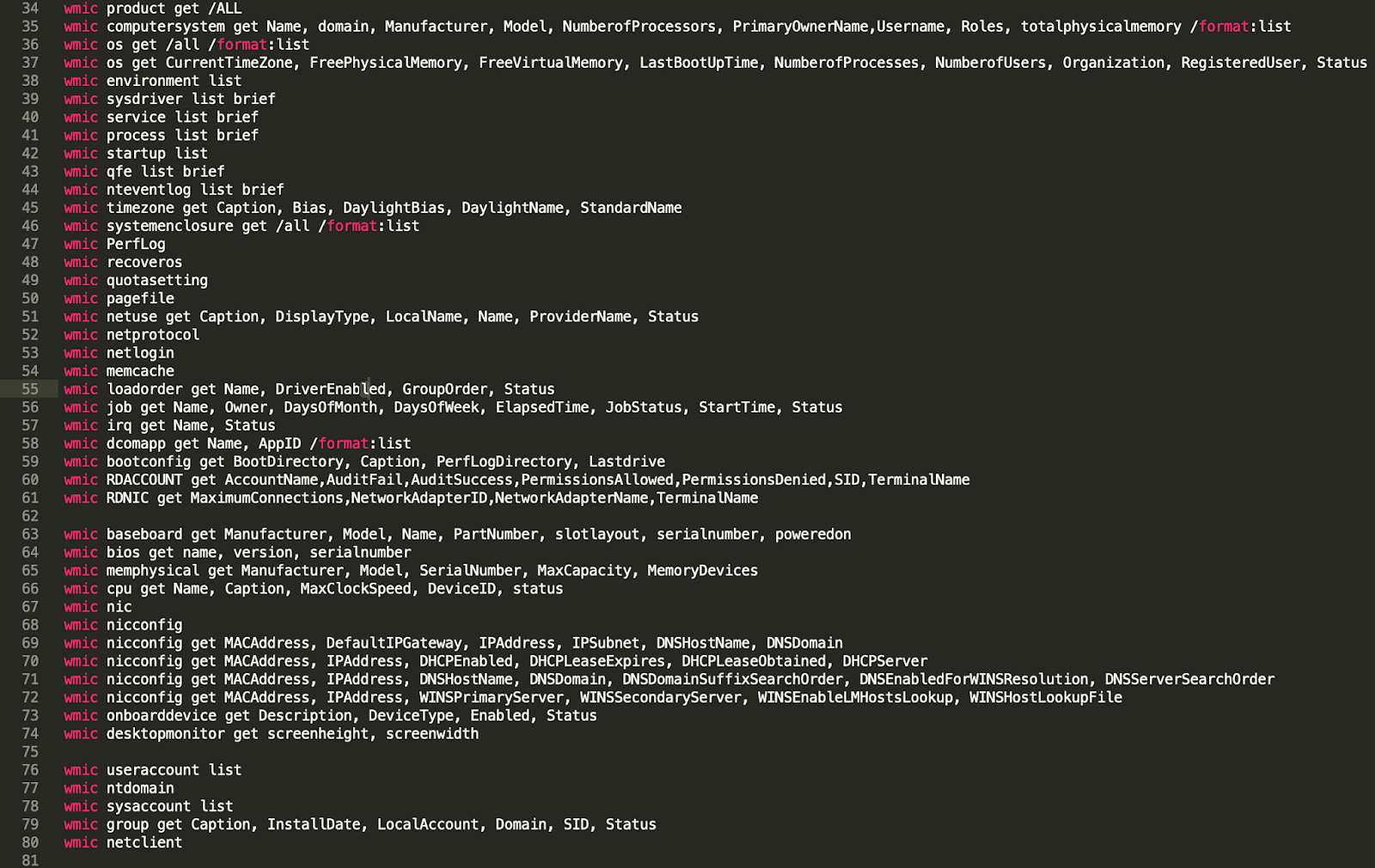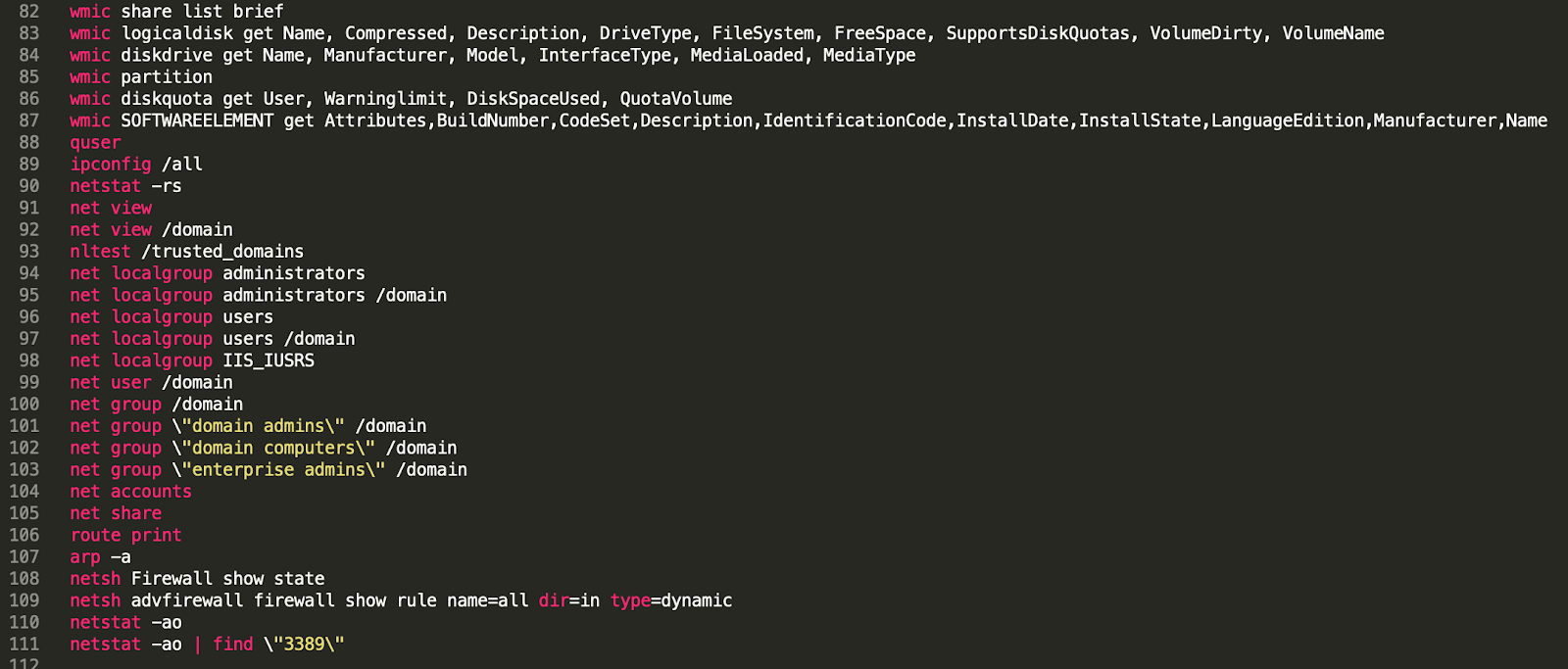By Warren Mercer and Paul Rascagneres with contributions from Jungsoo An.
Introduction Cisco Talos recently discovered a threat actor attempting to take advantage of Americans who may be seeking a job, especially military veterans. The actor, previously identified by Symantec as Tortoiseshell, deployed a website called hxxp://hiremilitaryheroes[.]com that posed as a website to help U.S. military veterans find jobs. The URL is strikingly close to that of legitimate websites, such as www.hiringourheroes.org. The site prompted users to download an app, which was actually a malware downloader, deploying malicious spying tools and other malware.
This is just the latest actions by Tortoiseshell. Previous research showed that the actor was behind an attacker on an IT provider in Saudi Arabia. For this campaign Talos tracked, Tortoiseshell used the same backdoor that it has in the past, showing that they are relying on some of the same tactics, techniques and procedures (TTPs).
Fake veteran hiring website
The fake website, called "Hire Military Heroes" (hxxp://hiremilitaryheroes[.]com/), which immediately goes after veterans with an image from the movie "Flags of our Fathers."

The website is only composed of three links to download a desktop app for free. The app is a fake installer. Contrary to standard malware installers, this one does not need to be silent, as the user expects an installation. Here's a look at the user interface, and the error message is always displayed to suggest something has "stopped" the app from accessing its database.

The progress bar almost fills up entirely, and then displays an error message:

The installer checks if Google is reachable. If not, the installation stops. If it is reachable, the installer downloads two binaries from hxxp://199[.]187[.]208[.]75/MyWS.asmx/GetUpdate?val=UID:

The downloaded binaries are stored in base64. One of the binaries is a tool used to perform a reconnaissance stage on the system and the second is the Remote Administrative Tool. The RAT is executed as a service. The installer installs the service first (for the -install argument) and then stops/starts the service with the command and control (C2) server IP in argument:

If something fails during the installation, an email is sent to the attacker. The credentials are hardcoded in the installer. The email account is ericaclayton2020@gmail[.]com and the error email is sent to marinaparks108@gmail[.]com.
Reconnaissance phase
The downloaded reconnaissance tool is named "bird.exe" on the system and the internal name is Liderc. Liderc is a unique supernatural being of Hungarian folklore. The original form of this creature is a chicken, that would explain the name of the dropped PE on the system, "Bird.exe."
The purpose is to collect a lot of information on the victim machine:



The attacker retrieves information such as the date, time and drivers. The attacker can then see information on the system, the patch level, the number of processors, the network configuration, the hardware, firmware versions, the domain controller, the name of the admin, the list of the account, etc. This is a significant amount of information relating to a machine and makes the attacker well-prepared to carry out additional attacks. The attacker even gets the size of the screen by using WMI, which is potentially a trick to identify if the system is a sandbox.
All this information is sent by email by using the same emails:

Remote access tool
This actor also deploys a RAT named "IvizTech" on the system. The code and features are similar to the ones outlined by Symantec. The IP is put in argument to the service. The attackers hoped that this would make it impossible to get to the C2, as the installer is needed — you can't just get there with the RAT itself. This allows an attacker to have a malware that they can add modules onto (no need to recompile when you want to update the C2). Requiring the installer also could make it more complicated for researchers to access the C2 and get hands-on analysis of the malware.
The malware has four features:
- kill_me: It stops the service and removes the malware
- Upload: It downloads a file on the internet
- Unzip: It uses PowerShell to unzip and execute code on the system
- And finally, the malware can execute a command
Conclusion
This new campaign utilizing the malicious hiring website represents a massive shift for Tortiseshell. This particular attack vector has the potential to allow a large swath of people to become victims of this attack. Americans are quick to give back and support the veteran population. Therefore, it's this website has a high chance of gaining traction on social media where users could share the link in the hopes of supporting veterans.
At the time of publication, we do not have a method of distribution used, nor do we have proof of this existing in the wild. The level of sophistication is low as the .NET binary used has poor OPSEC capabilities, such as hard-coded credentials, but then other more advanced techniques by making the malware modular and aware that the victim already ran it. There is a possibility that multiple teams from an APT worked on multiple elements of this malware, as we can see certain levels of sophistication existing and various levels of victimology.
Coverage
Intrusion prevention systems such as SNORT® provide an effective tool to detect Tortoiseshell activity due to specific signatures present at the end of each command. In addition to intrusion prevention systems, it is advisable to employ endpoint detection and response tools (EDR) such as Cisco AMP for Endpoints, which gives users the ability to track process invocation and inspect processes. Try AMP for free here.
Additional ways our customers can detect and block these threats are listed below.

Cisco Cloud Web Security (CWS) orWeb Security Appliance (WSA) web scanning prevents access to malicious websites and detects malware used in these attacks.
Email Security can block malicious emails sent by threat actors as part of their campaign.
Network Security appliances such asNext-Generation Firewall (NGFW), Next-Generation Intrusion Prevention System (NGIPS), and Meraki MX can detect malicious activity associated with this threat.
AMP Threat Grid helps identify malicious binaries and build protection into all Cisco Security products.
Umbrella, our secure internet gateway (SIG), blocks users from connecting to malicious domains, IPs, and URLs, whether users are on or off the corporate network.
Open Source SNORTⓇ Subscriber Rule Set customers can stay up to date by downloading the latest rule pack available for purchase on Snort.org.
IOCs
Network
hxxp://199[.]187[.]208[.]75/MyWS.asmx/GetUpdate?val=H7ddew3rfJid97fer374887sdnJDgsdte
hxxp://66[.]42[.]78[.]193/response/
hxxp://66[.]42[.]78[.]193/statement/
hxxp://hiremilitaryheroes[.]com/
Samples
Installers:
c121f97a43f4613d0a29f31ef2e307337fa0f6d4f4eee651ee4f41a3df24b6b5
2a9589538c563c006eaf4f9217a192e8a34a1b371a31c61330ce2b396b67fd10
55b0708fed0684ce8fd038d4701cc321fe7b81def7f1b523acc46b6f9774cb7b
Reconnaissance PE:
ec71068481c29571122b2f6db1f8dc3b08d919a7f710f4829a07fb4195b52fac
RAT:
51d186c16cc609ddb67bd4f3ecd09ef3566cb04894f0496f7b01f356ae260424
Additional IOCs related to this actor
41db45b0c51b98713bc526452eef26074d034b2c9ec159b44528ad4735d14f4a
78e1f53730ae265a7eb00b65fbb1304bbe4328ee5b7f7ac51799f19584b8b9d4
46873290f58c25845b21ce7e560eae1b1d89000e887c2ff2976d931672390dd8
f31b5e14314388903a32eaa68357b8a5d07cbe6731b0bd97d2ee33ac67ea8817
f1c05ff306e941322a38fffb21dfdb5f81c42a00a118217b9d4e9807743d7275
1848f51d946fa8b348db8ef945a1ebff33ff76803ad26dfd175d9ea2aa56c7d0
ed150d9f6e12b6d669bcede3b7dc2026b7161f875edf26c93296e8c6e99152d5
2682328bde4c91637e88201eda5f5c400a3b3c0bdb87438d35660494feff55cf
e82a08f1514ccf38b3ae6b79e67d7605cb20b8377206fbdc44ddadfb06ae4d0d
185[.]43[.]108[.]134
162[.]220[.]55[.]249
Spreadme[.]international
"You rock" installer snippet:

